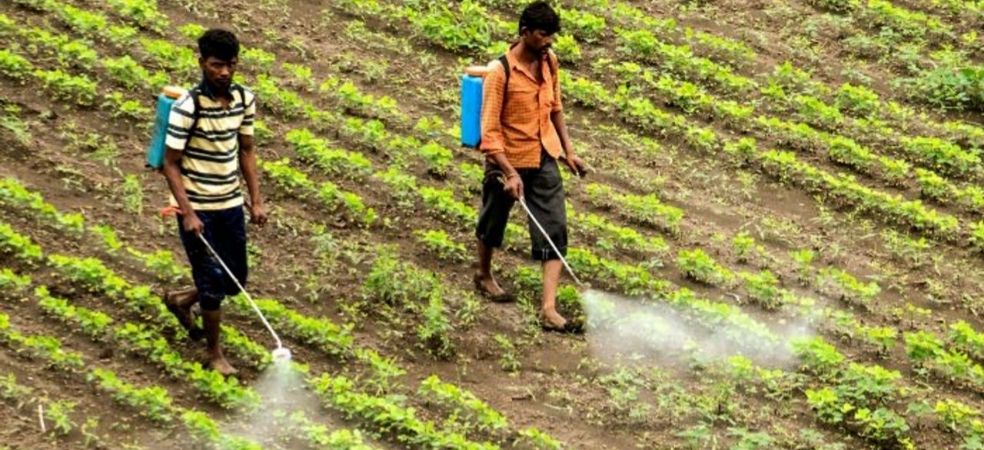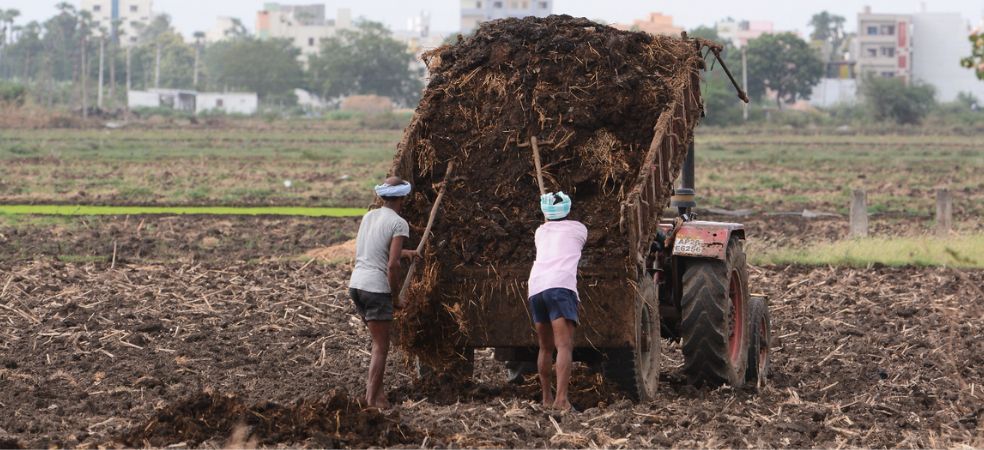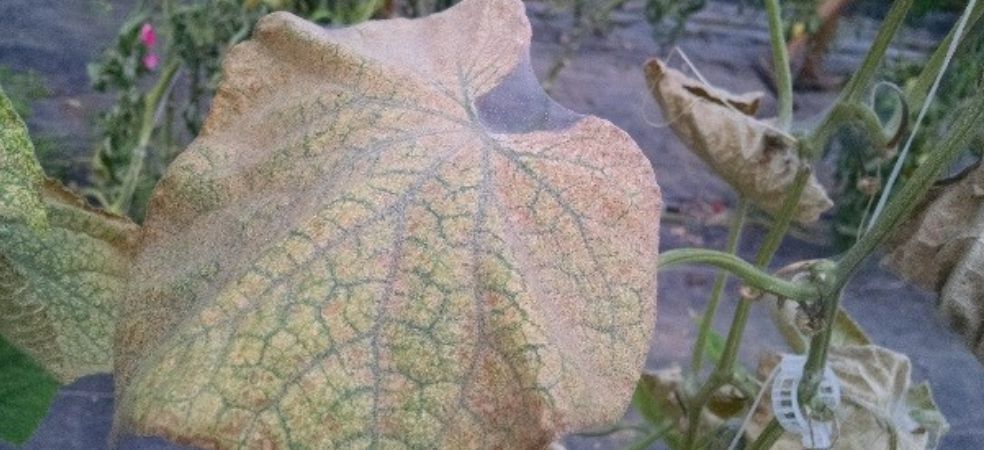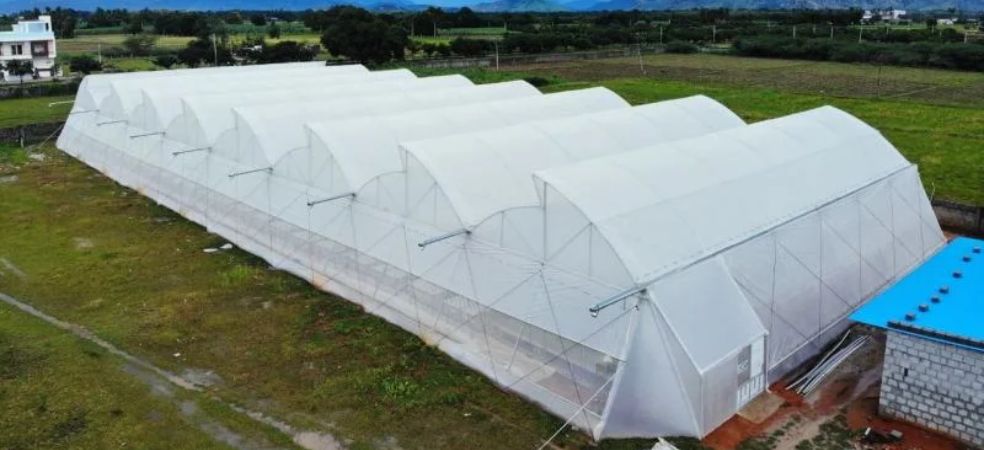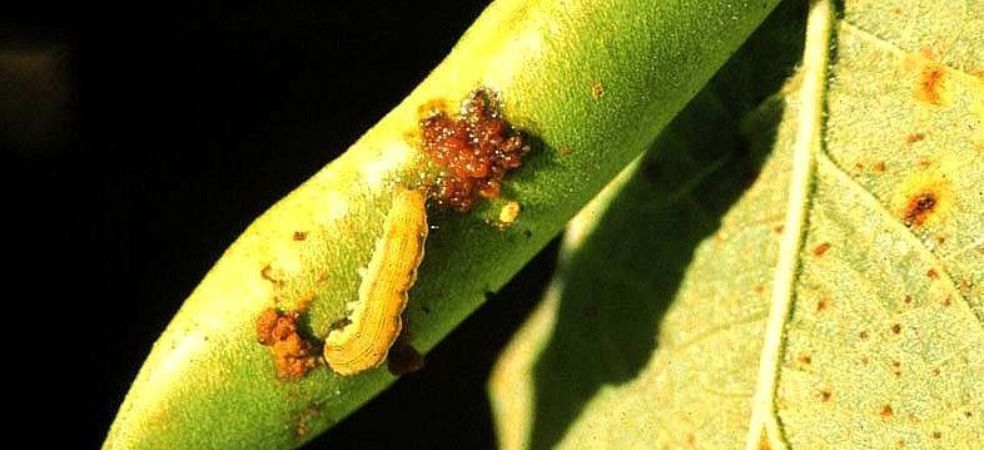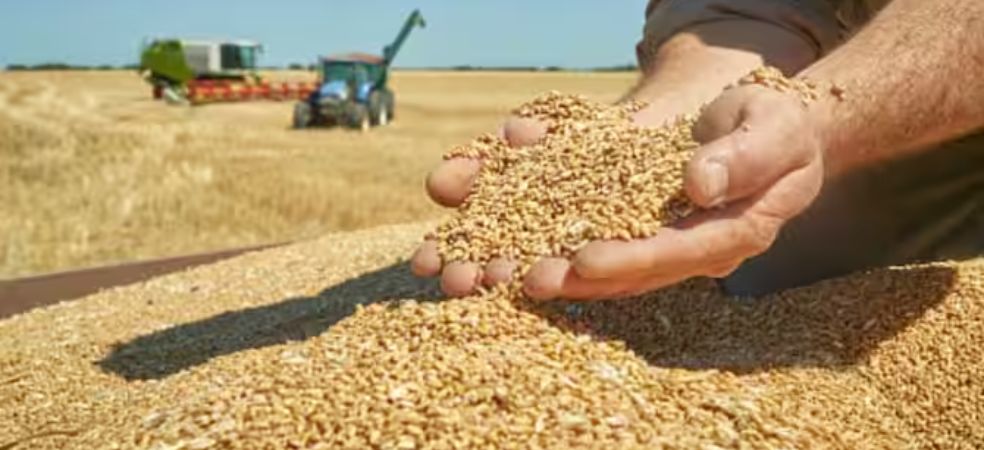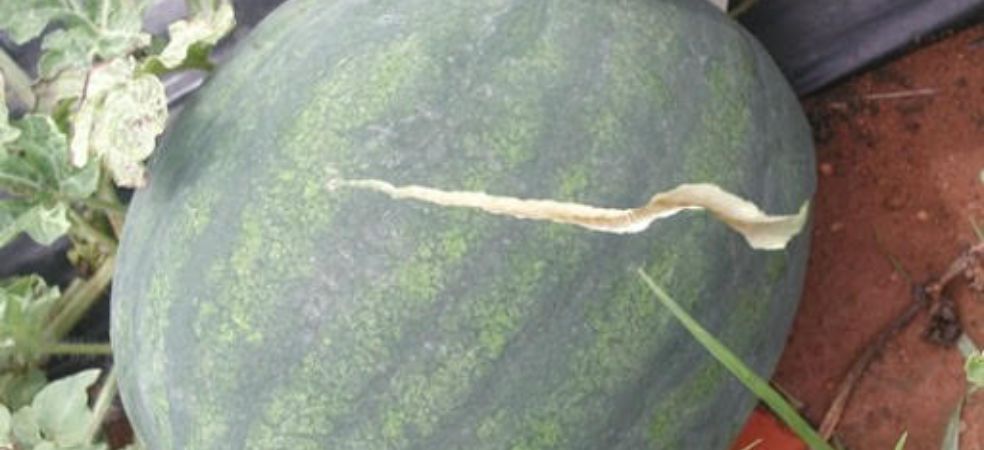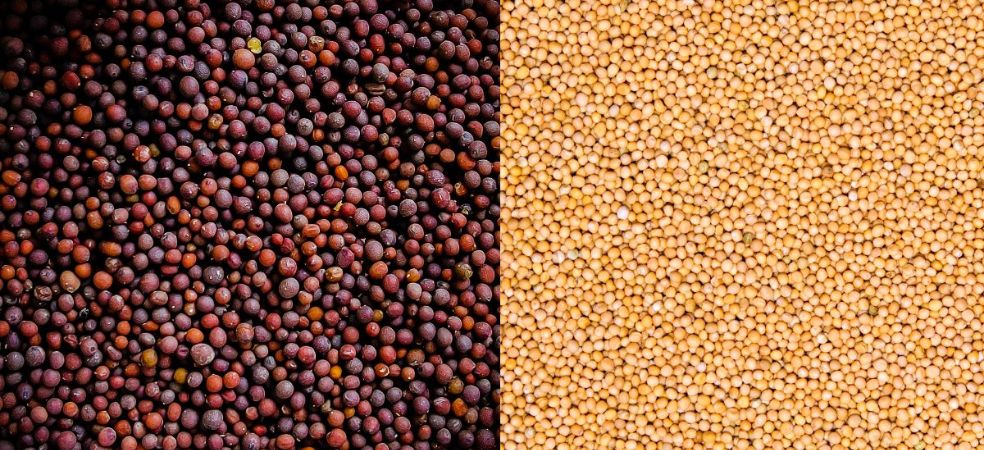Failure to control weeds in moong crop at the right time can result in reduction of crop yield by 40-60%. In Kharif season crops, narrow leaf weeds such as Sanwa (Echinochloa colonum/Krasgali), Doob grass (Cynodon dactylon) and broad leafed Patharchatta (Tryanthma monogynae), Kanakwa (Commelina benghalensis), Mahkuwa (Ageratum conyzoides), Safed Murg ( Celosia argentea), Hazardana (Phyllanthus niruri), Lahsua (Digera arvensis) and Motha (Cypress rotundus, Cypress eria) etc., emerge in abundance. The critical stage of crop-weed competition lasts for the first 30 to 35 days in moong, so the first weeding should be done on 15-20 days and the second on 35-40 days. This work can be done easily by a device called wheel hoe in the crop sown in row. Apart from this, effective control can also be done by chemical weedicide. Always use a flat fan nozzle for spraying weedicide. And for spraying per acre, use 200 liters of water.
Some major weedicides:
-
Dost Super @ 700 ml/acre (sprayed within 3 days of sowing)
-
Weed Block @ 300 ml/acre (15 – 20 days after sowing)
-
Targa Super @ 400 ml/acre (15-20 days after sowing – narrow leaf weed control)
ShareFor beneficial information related to agriculture and farmers, definitely read the articles on Gramophone daily. Don’t forget to share this article with your friends using the share button below.

